Home>Garden Essentials>Where Does Chia Seed Grow
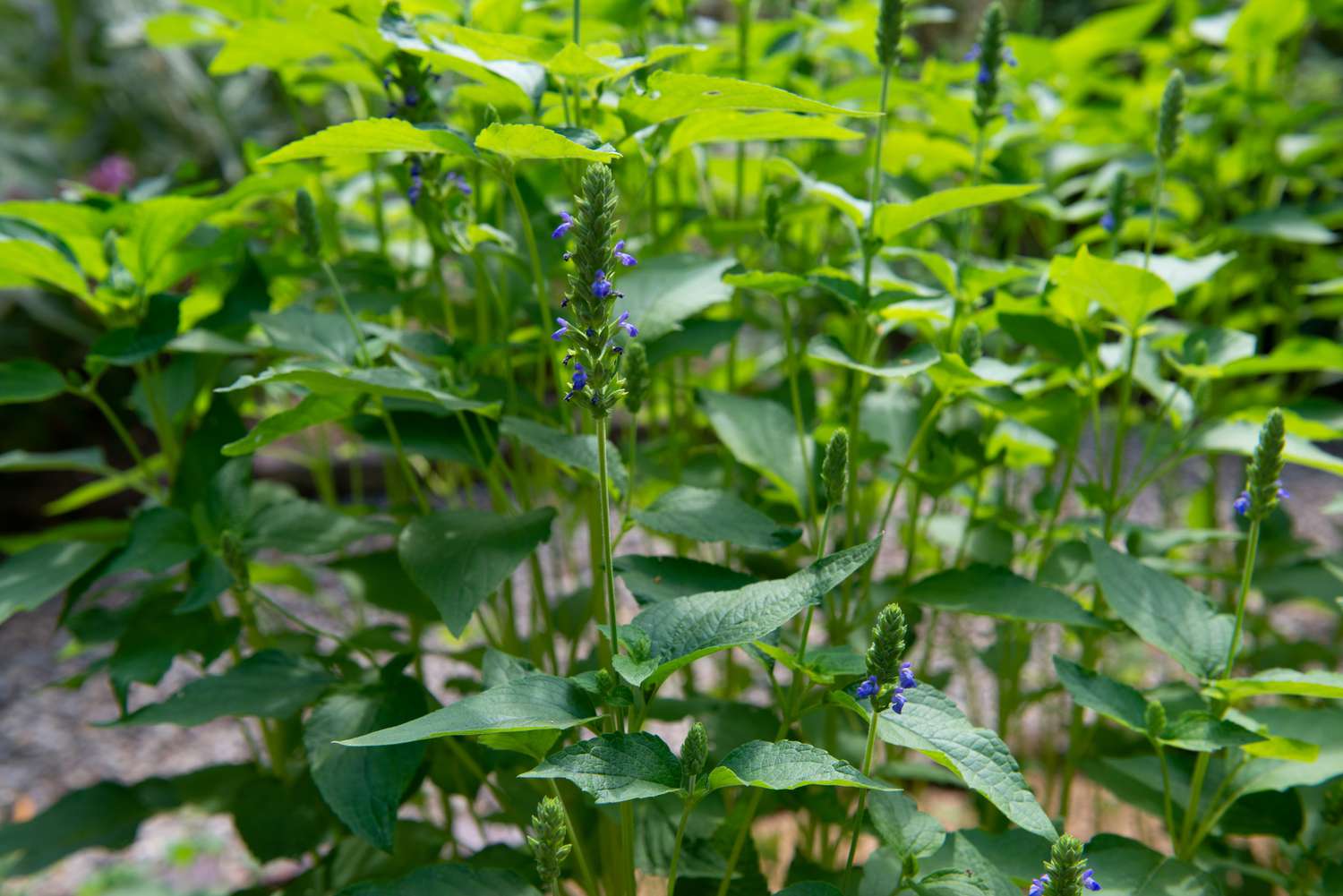

Garden Essentials
Where Does Chia Seed Grow
Modified: August 22, 2024
Discover where chia seeds thrive in gardens with our comprehensive guide. Learn the ideal conditions and tips for growing chia seeds successfully.
(Many of the links in this article redirect to a specific reviewed product. Your purchase of these products through affiliate links helps to generate commission for Storables.com, at no extra cost. Learn more)
Introduction
Welcome to the world of chia seeds, where nature’s little superfood is waiting to be discovered. Chia seeds, also known as Salvia hispanica, have gained immense popularity in recent years for their numerous health benefits and versatile culinary uses. These tiny seeds are not just a trendy health food; they have been an essential part of various traditional diets for centuries.
In this article, we will take a deep dive into the fascinating world of chia seeds, exploring their history, geographic distribution, cultivation methods, traditional uses, modern applications, nutritional value, and global production. So, let’s embark on a journey to unveil the secrets of where chia seeds grow.
Key Takeaways:
- Chia seeds have a rich history and are grown in countries like Mexico, Argentina, Bolivia, and the United States. They offer health benefits such as omega-3 fatty acids and fiber, and can be used in various modern recipes.
- Chia seeds are versatile and can be used as a vegan egg substitute, in healthy puddings, and as salad toppings. They are grown in specific environmental conditions and offer a wide range of health benefits.
Read more: How Chia Seeds Grow
History of Chia Seeds
Chia seeds have a rich history that dates back thousands of years. The word “chia” itself derives from the ancient Mayan word for “strength,” highlighting the reverence and importance given to these seeds by the indigenous cultures of Central and South America.
Chia seeds were widely cultivated by the Aztecs and the Mayans and played a crucial role in their diet and culture. They were highly valued for their exceptional nutritional content and were often considered a source of sustainable energy for warriors and messengers due to their ability to provide long-lasting endurance.
Spanish conquistadors, who encountered chia seeds during their conquests of the Americas, were amazed by the vitality and strength of Aztec warriors. However, with the colonization of the region, chia seeds gradually fell out of favor and were overshadowed by other crops introduced by the Europeans.
Fortunately, chia seeds made a resurgence in the late 20th century, thanks to increased interest in their nutritional properties. Today, chia seeds are cultivated and consumed worldwide, with Mexico, Bolivia, Argentina, and Guatemala being among the leading producers.
The rediscovery and recognition of chia seeds as a superfood have led to their widespread availability and integration into various cuisines and dietary practices around the globe. Let’s explore further to understand where these incredible seeds grow.
Geographic Distribution
Chia seeds are native to Central and South America, with their cultivation and consumption dating back to ancient civilizations. The primary regions where chia seeds grow include Mexico, Argentina, Bolivia, and Guatemala. These countries have the perfect combination of climate, soil conditions, and agricultural practices that promote the successful cultivation of chia plants.
Mexico, particularly the central and southern regions, is considered the birthplace and the largest producer of chia seeds. The favorable climate, with its moderately warm temperatures, ample rainfall, and fertile soil, creates an ideal environment for the growth of chia plants.
In Argentina, chia production is concentrated in the northern provinces, such as Salta and Santiago del Estero, where the semi-arid climate and high altitude contribute to optimal chia cultivation. The well-drained sandy soils in these regions allow for good root development and prevent waterlogging.
Bolivia is another significant producer of chia seeds, particularly in the areas of Santa Cruz and Tarija. The subtropical climate, with a distinct dry and wet season, supports chia cultivation. The fertile soils found in these regions, along with the availability of irrigation techniques, contribute to successful chia production.
In Guatemala, chia seeds are grown in various regions, including the highlands and the Pacific coast. The favorable climate, with its moderately hot and humid conditions, coupled with fertile volcanic soils, allows for thriving chia crops.
Aside from these main producing countries, chia seeds are now cultivated in other parts of the world with suitable growing conditions. These include Australia, the United States, Argentina, Peru, Ecuador, and parts of Europe, such as Spain and Portugal.
As the demand for chia seeds continues to rise, so does the exploration and expansion of chia cultivation in different regions worldwide. With proper knowledge, cultivation techniques, and favorable environmental conditions, chia seeds have the potential to be grown in even more countries in the future, diversifying their geographic distribution and ensuring a steady supply for the global market.
Environmental Conditions for Chia Seed Growth
Chia seeds thrive in specific environmental conditions that contribute to their successful growth and cultivation. Understanding these conditions is essential for farmers and gardeners who wish to grow chia plants. Here are the key factors that play a vital role in the growth and development of chia seeds.
1. Climate: Chia plants prefer regions with a moderate climate. They can tolerate a wide range of temperatures, but the ideal temperature range for optimal growth is between 20°C to 30°C (68°F to 86°F). Extreme heat or cold can adversely affect their germination and growth.
2. Sunlight: Chia plants require full sun exposure to thrive. They need at least 6 to 8 hours of direct sunlight each day to promote healthy growth and flowering. Insufficient sunlight can result in leggy and weak plants.
3. Soil: Chia seeds prefer well-drained soil with good fertility. They can grow in a variety of soil types, including sandy or loamy soil. However, the soil should be loose and have good water-holding capacity to ensure proper root development and moisture retention.
4. Water: Chia plants have moderate water requirements. While they can tolerate drought conditions to some extent, regular watering is essential, especially during the germination and flowering stages. Overwatering can lead to root rot, so it’s crucial to maintain proper soil moisture levels.
5. pH Level: Chia plants prefer slightly acidic to neutral soil conditions, with a pH range of 6 to 7.5. It is important to test the soil pH and make necessary amendments to ensure an optimal growing environment.
6. Altitude: Chia plants can be grown at various altitudes, but they tend to perform best at lower to moderate elevations. Higher altitude areas might experience temperature extremes or shorter growing seasons, which can impact chia seed production.
By providing the right environmental conditions, farmers and gardeners can create an ideal habitat for chia seeds to flourish. This includes selecting suitable planting locations, preparing the soil, managing water requirements, and ensuring adequate sunlight exposure. With proper care and attention, chia seed growth can be maximized, resulting in healthy plants and abundant seed production.
Cultivation and Harvesting Methods
Cultivating chia seeds requires careful attention to planting techniques, maintenance, and harvesting methods. Here are the essential steps involved in cultivating and harvesting chia seeds.
1. Soil Preparation: Prepare the soil by removing weeds, rocks, and debris. Loosen the soil using a garden fork or tiller to ensure good water drainage and root development.
2. Seed Selection and Sowing: Choose high-quality chia seeds from a reputable source. Sow the seeds directly into the prepared soil, spacing them evenly. The ideal planting depth is around 1/4 inch to 1/2 inch.
3. Watering and Irrigation: Keep the soil consistently moist during the germination period, which typically takes 7 to 14 days. After the seedlings have emerged, reduce watering frequency and allow the soil to dry slightly between waterings.
4. Weed Management: Regularly inspect the growing area and remove any weeds that compete with the chia plants for nutrients and water. Implement mulching techniques to suppress weed growth and retain soil moisture.
5. Fertilization: While chia plants are generally low-maintenance and do not require heavy fertilization, applying a balanced organic fertilizer or compost can help promote vigorous growth and improve yields.
6. Pruning: Prune the chia plants by removing any dead or damaged leaves to improve air circulation and prevent the spread of diseases. Pruning also encourages the development of a bushier plant.
7. Harvesting: Chia plants typically reach maturity and are ready for harvest in about 90 to 120 days. To determine if the seeds are ready for harvest, gently rub the flower heads between your fingers. If the seeds easily detach, it’s a sign that they are ripe. Cut the flower stalks and place them in a paper bag to allow the seeds to continue drying.
8. Seed Cleaning and Storage: Once the flower heads are completely dry, thresh the seeds by gently rubbing them between your hands or using a screen or sieve. Remove any unwanted plant debris and store the cleaned chia seeds in an airtight container in a cool, dry place.
By following these cultivation and harvesting methods, you can enjoy a successful chia seed harvest. With proper care and attention, you’ll be rewarded with a bountiful supply of nutrient-rich chia seeds.
Chia seeds are grown in Central and South America, as well as in Australia. They thrive in warm climates and well-drained soil.
Read more: How Long Does It Take Chia Seeds To Grow
Traditional Uses of Chia Seeds
Chia seeds have been an integral part of traditional diets in Central and South America for centuries. The indigenous cultures of these regions recognized the exceptional nutritional value and versatility of chia seeds, incorporating them into various culinary practices and medicinal remedies. Here are some traditional uses of chia seeds:
1. Dietary Staple: Chia seeds were commonly consumed as a dietary staple, providing a reliable source of sustenance. They were often ground into a flour-like consistency and used to make porridge, bread, tortillas, and other baked goods.
2. Energy Booster: Chia seeds were highly valued for their ability to provide sustainable energy. Warriors and long-distance runners would consume chia seeds to enhance endurance and stamina during battles and travels.
3. Hydration Aid: Chia seeds have hydrophilic properties, meaning they can absorb water and form a gel-like substance. Indigenous cultures used chia seeds soaked in water to create a refreshing beverage known as “chia fresca,” which helped with hydration during hot climates and physical exertion.
4. Medicinal Remedy: Chia seeds were also traditionally used for their medicinal benefits. They were believed to have anti-inflammatory and digestive properties and were used to alleviate stomach discomfort, maintain a healthy gut, and promote overall well-being.
5. Offering and Rituals: Chia seeds held spiritual significance and were used in ceremonial offerings and rituals. They were seen as a symbol of abundance, fertility, and connection to the Earth.
6. Cosmetic Applications: The oil extracted from chia seeds was used in traditional skincare routines. It was applied topically to moisturize and nourish the skin, providing a natural glow and promoting a youthful appearance.
These traditional uses of chia seeds highlight the deep cultural and historical significance they hold. Today, chia seeds are still celebrated for their nutritional value and are incorporated into various modern culinary creations and dietary practices around the world.
Modern Applications of Chia Seeds
In recent years, chia seeds have gained widespread popularity due to their impressive nutritional profile and versatile culinary uses. Let’s explore the modern applications of chia seeds and how they have become a staple in many people’s diets:
1. Superfood Ingredient: Chia seeds have earned the reputation of being a superfood, thanks to their high content of omega-3 fatty acids, fiber, protein, and various essential vitamins and minerals. They are commonly used as a nutrient-dense ingredient in smoothies, granola bars, energy bites, and other health-conscious recipes.
2. Vegan Egg Substitute: Chia seeds can be used as a vegan alternative to eggs in baking recipes. When mixed with water, chia seeds form a gelatinous texture that acts as a binding agent, similar to eggs. This makes them an excellent choice for vegan or egg-free baking.
3. Healthy Puddings and Desserts: Chia seeds are often used to create delicious and nutritious puddings and desserts. Simply soaking chia seeds in a liquid like coconut milk or almond milk overnight results in a thick and creamy pudding-like texture. These chia pudding variations can be flavored with fruits, nuts, or chocolate to satisfy any sweet craving.
4. Salad Toppings: Chia seeds add both texture and nutritional benefits when sprinkled on top of salads. They provide a crunchy element and increase the overall fiber and nutrient content of the dish.
5. Thickening Agent: The gelatinous texture that chia seeds form when soaked in liquid makes them an excellent natural thickening agent. They can be used to thicken soups, sauces, and even homemade jams or jellies.
6. Gluten-Free Baking: Chia seeds are often used in gluten-free baking as a replacement for wheat flour. Ground chia seeds can be mixed with other gluten-free flours to create a binding and nutritious substitute.
7. Hydration Aid for Athletes: Chia seeds’ ability to absorb water and form a gel-like substance makes them a favorite among athletes. They are used to create energy gels, which provide a slow-release source of hydration and sustained energy during endurance activities.
The versatility of chia seeds in modern culinary practices has made them a sought-after ingredient for health-conscious individuals, vegans, and those looking to add more nutrient-dense foods to their diet. Whether used in baking, as a thickening agent, or as a topping, chia seeds offer a range of benefits that make them a valuable addition to any kitchen pantry.
Nutritional Value and Health Benefits
Chia seeds are packed with an impressive array of nutrients, making them a powerhouse of health benefits. Here’s a closer look at their nutritional value and the positive impact they can have on your well-being:
1. Omega-3 Fatty Acids: Chia seeds are rich in omega-3 fatty acids, particularly alpha-linolenic acid (ALA). Omega-3 fatty acids are essential for brain health, reducing inflammation, and supporting heart health.
2. Fiber: Chia seeds are an excellent source of dietary fiber, including soluble and insoluble fiber. This fiber content aids in digestion, promotes regular bowel movements, and helps maintain a healthy gut microbiome.
3. Protein: Chia seeds are a plant-based source of protein, making them a valuable addition to vegetarian and vegan diets. Protein is essential for building and repairing tissues, supporting muscle health, and regulating hormone production.
4. Antioxidants: Chia seeds contain antioxidants that help protect cells from damage caused by free radicals. These antioxidants contribute to overall health and may help reduce the risk of chronic diseases.
5. Minerals and Vitamins: Chia seeds are a good source of important minerals such as calcium, magnesium, and phosphorus. They also contain vitamins, including vitamin E, which is beneficial for skin health and acts as an antioxidant.
6. Blood Sugar Regulation: Chia seeds have the ability to absorb water and form a gel-like substance in the digestive system. This helps slow down the digestion process, preventing rapid spikes in blood sugar levels and promoting stable energy levels.
7. Weight Management: Due to their high fiber content, chia seeds help promote feelings of satiety and can aid in weight management. They can help curb cravings, reduce calorie intake, and support a healthy metabolism.
8. Heart Health: The combination of omega-3 fatty acids, fiber, and antioxidants in chia seeds contributes to heart health by reducing LDL (bad) cholesterol levels, improving blood lipid profiles, and lowering the risk of cardiovascular diseases.
Overall, incorporating chia seeds into your diet can provide a wide range of health benefits. From promoting digestive health and regulating blood sugar levels to supporting heart and brain health, chia seeds offer a simple and accessible way to nourish your body and enhance your overall well-being.
Chia Seed Production Worldwide
Chia seed production has witnessed significant growth in recent years, driven by increasing global demand for this versatile superfood. Let’s explore the key regions and factors contributing to chia seed production on a global scale:
1. Mexico: Mexico is the largest producer of chia seeds, accounting for a significant portion of global production. It has a long history of chia cultivation and benefits from the ideal climate and fertile soils found in regions like Chiapas and Oaxaca.
2. Bolivia: Bolivia has emerged as a major player in the chia seed industry, known for its high-quality black chia seeds. The climate and geographical conditions of Santa Cruz and Tarija provide optimal growing conditions for chia plants.
3. Argentina: Argentina is another prominent producer of chia seeds. The northern provinces of Salta and Santiago del Estero offer favorable climatic conditions, including the right combination of heat and rainfall, suitable for successful chia cultivation.
4. Other South American Countries: Several other South American countries have contributed to the global production of chia seeds. These include Peru, Ecuador, and Paraguay, where chia cultivation is gaining momentum.
5. United States: Chia seed production in the United States has also increased in recent years, particularly in states like Arizona, California, and New Mexico. The dry desert-like climates in these regions mimic the natural conditions necessary for chia plant growth.
6. Australia: Australia has witnessed a rise in chia seed production as well, with regions like the Kimberley in Western Australia and the Ord River Valley in Northern Territory being suitable for chia cultivation due to their warm climates and good water availability.
7. Other Global Regions: Chia seed production has expanded into other parts of the world, including Europe (Spain and Portugal), Canada, and some African countries, such as Ethiopia and Kenya.
The increasing popularity of chia seeds as a nutritious food source, along with the efforts to diversify chia cultivation in various regions, has contributed to the expansion of global chia seed production. This ensures a steady supply of chia seeds to meet the growing demand worldwide.
Read more: Where Does Chia Seeds Come From
Conclusion
Chia seeds, with their rich history and impressive nutritional profile, have become a beloved superfood with a global following. From ancient Mayan and Aztec civilizations to modern culinary practices, chia seeds have remained a valuable ingredient in various diets and traditions.
Today, chia seeds are cultivated and harvested in countries around the world, including Mexico, Argentina, Bolivia, the United States, Australia, and many more. These countries provide the ideal environmental conditions for chia seed growth, including suitable climates, fertile soils, and proper agricultural practices.
Chia seeds offer numerous health benefits, including a high content of omega-3 fatty acids, fiber, protein, antioxidants, and essential vitamins and minerals. They can help regulate blood sugar levels, support heart health, aid in digestion, promote weight management, and contribute to overall well-being.
The versatility of chia seeds in modern culinary practices is undeniable. From being used as a vegan egg substitute to a thickening agent in soups, chia seeds have found their way into countless recipes and food products. They are incorporated into smoothies, puddings, salads, baked goods, and more, enriching both the taste and nutritional value of these dishes.
The global chia seed industry continues to expand, driven by the increasing demand for this nutritious superfood. As more regions explore chia cultivation and production, the availability and accessibility of chia seeds are likely to continue to grow.
Whether you are looking to improve your diet, boost your energy levels, or enhance your overall health, chia seeds are a wonderful addition. So, why not embrace the power of chia seeds and discover the countless ways they can nourish and enhance your well-being?
Frequently Asked Questions about Where Does Chia Seed Grow
Was this page helpful?
At Storables.com, we guarantee accurate and reliable information. Our content, validated by Expert Board Contributors, is crafted following stringent Editorial Policies. We're committed to providing you with well-researched, expert-backed insights for all your informational needs.
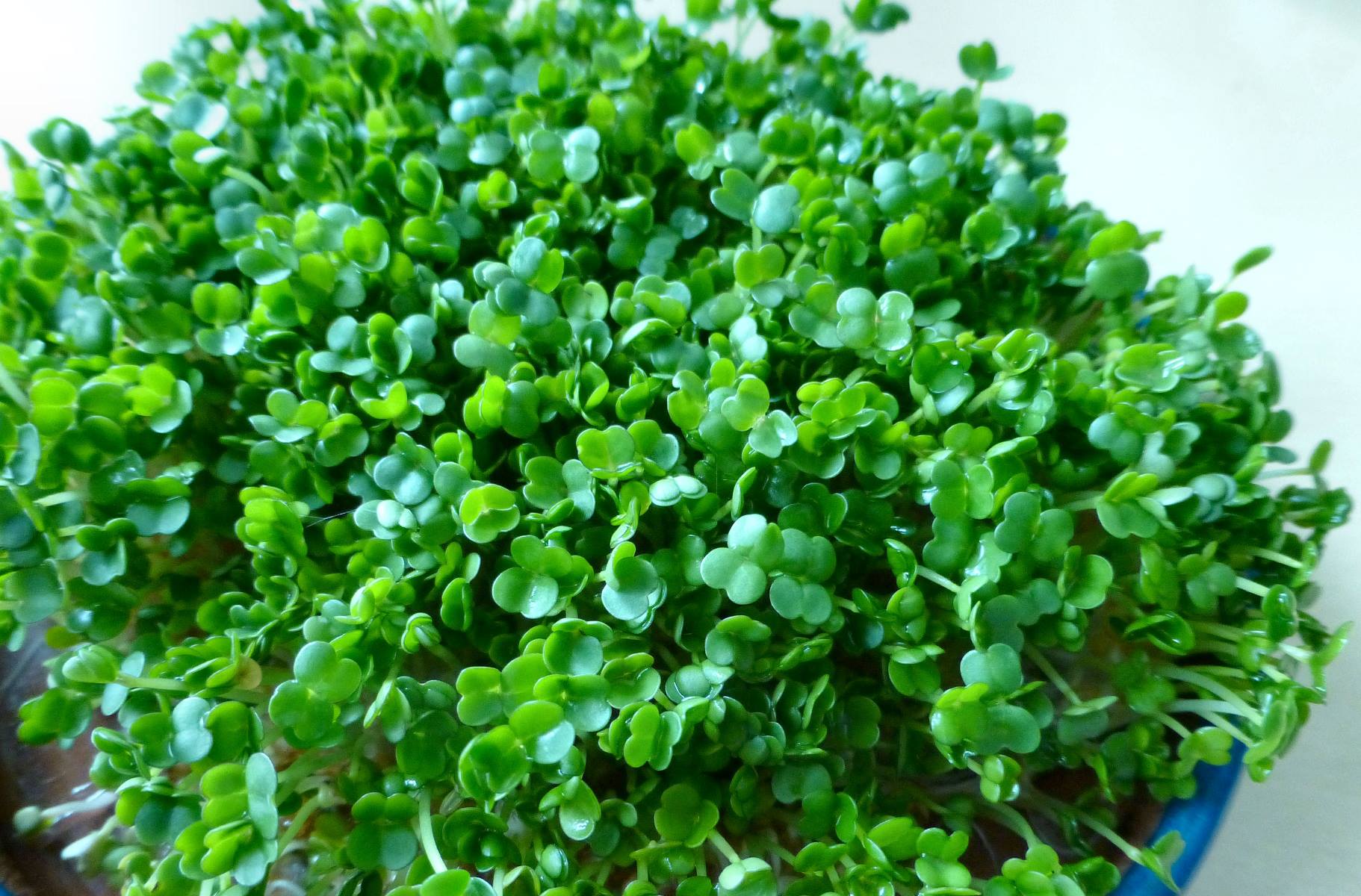
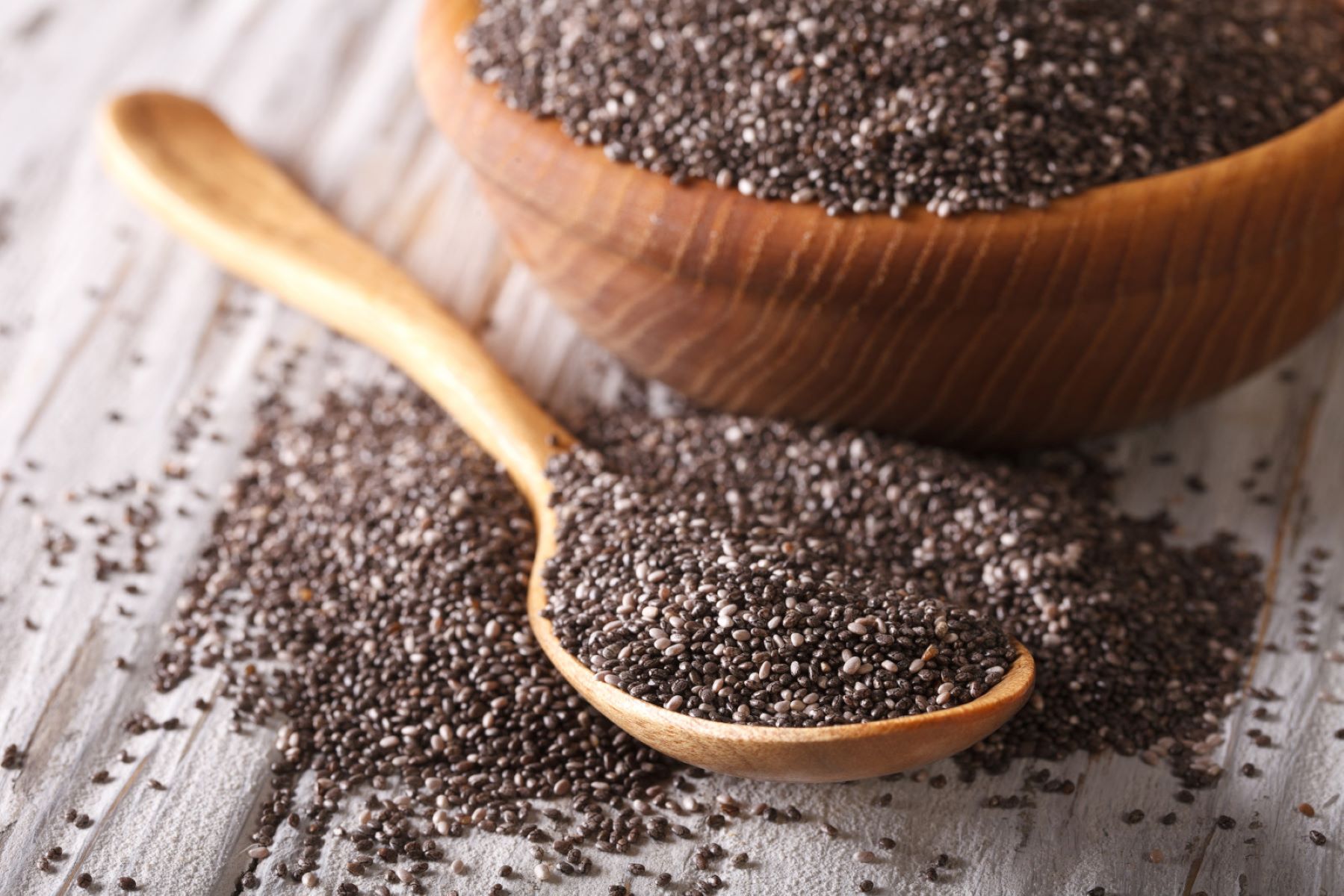
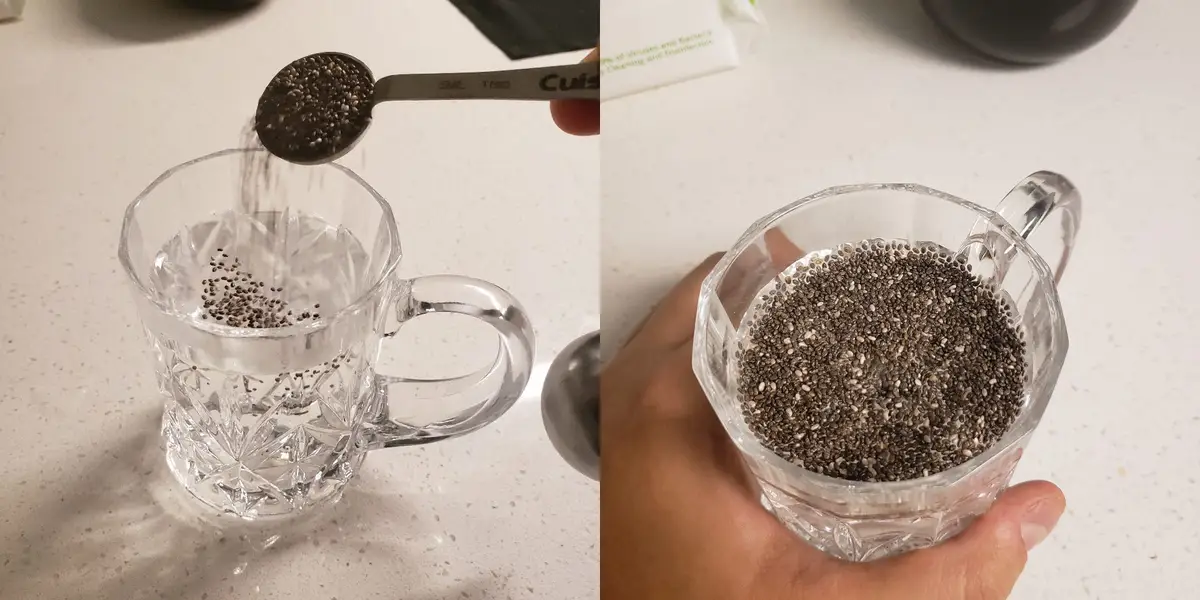

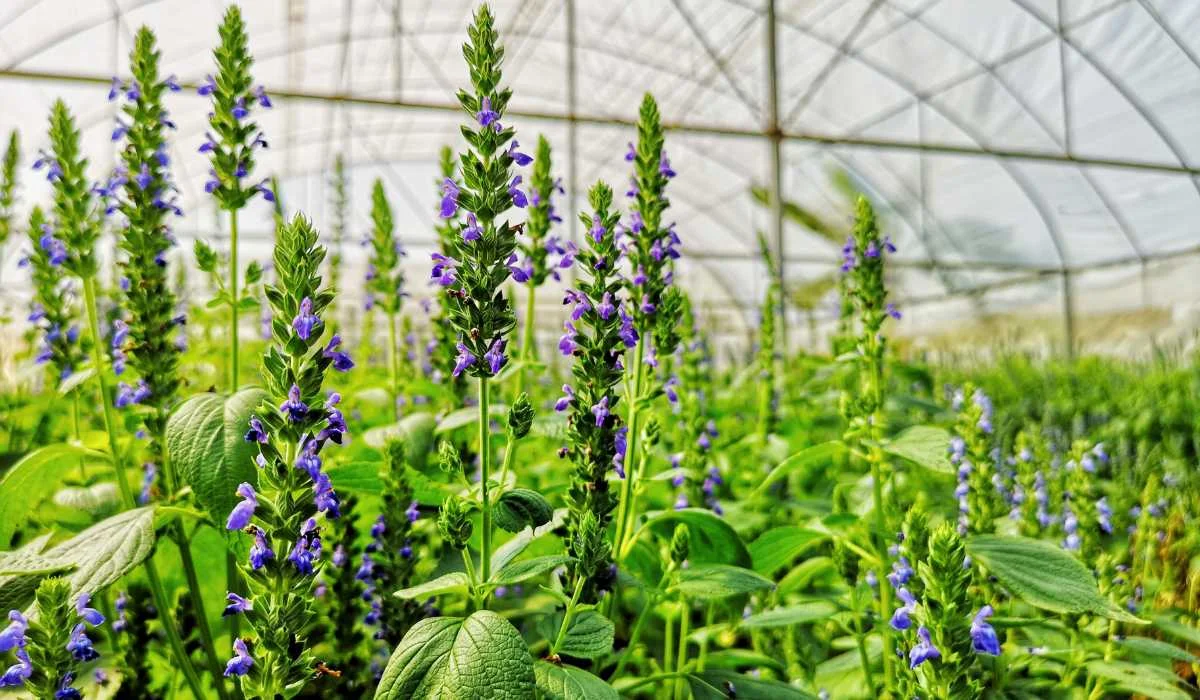
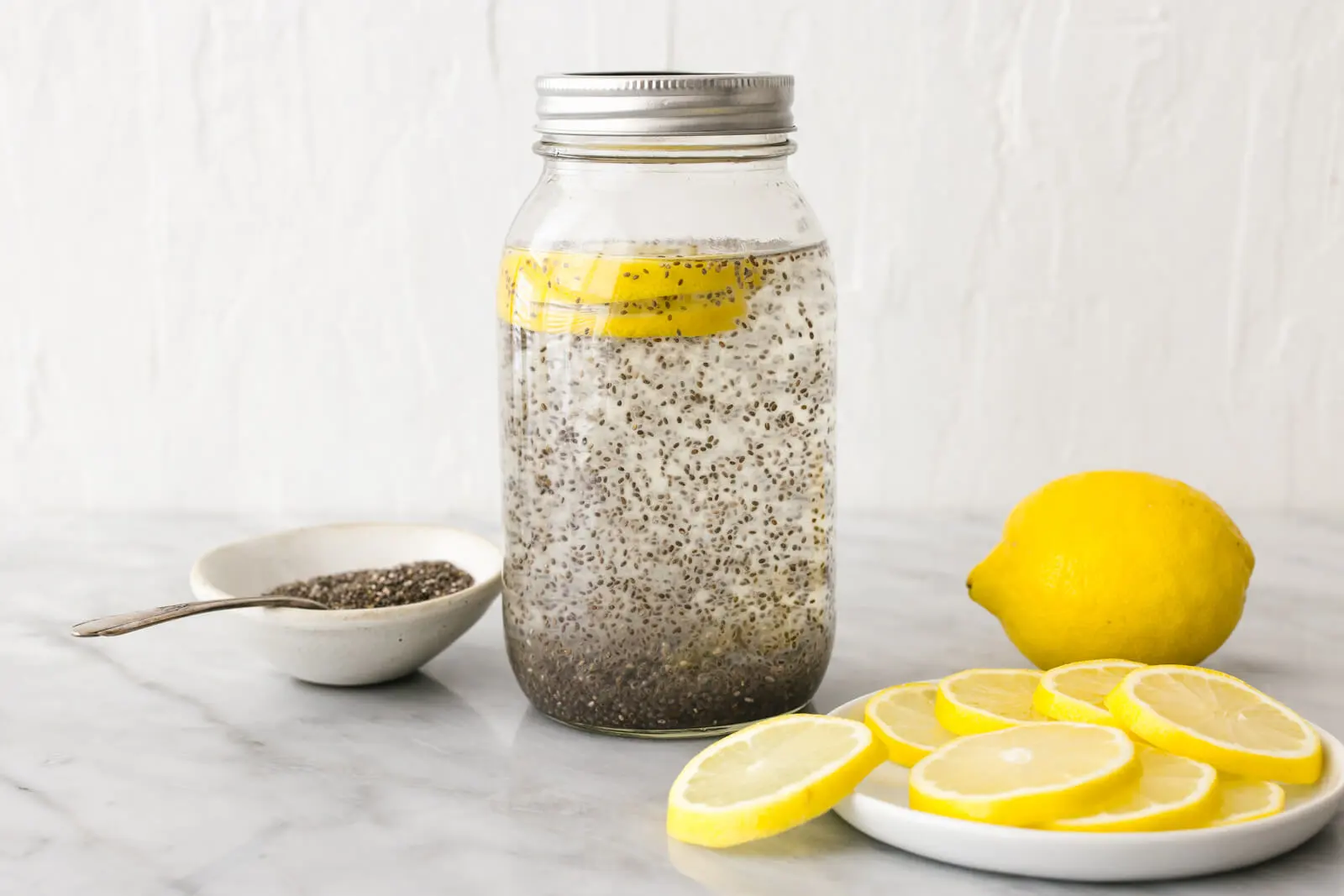
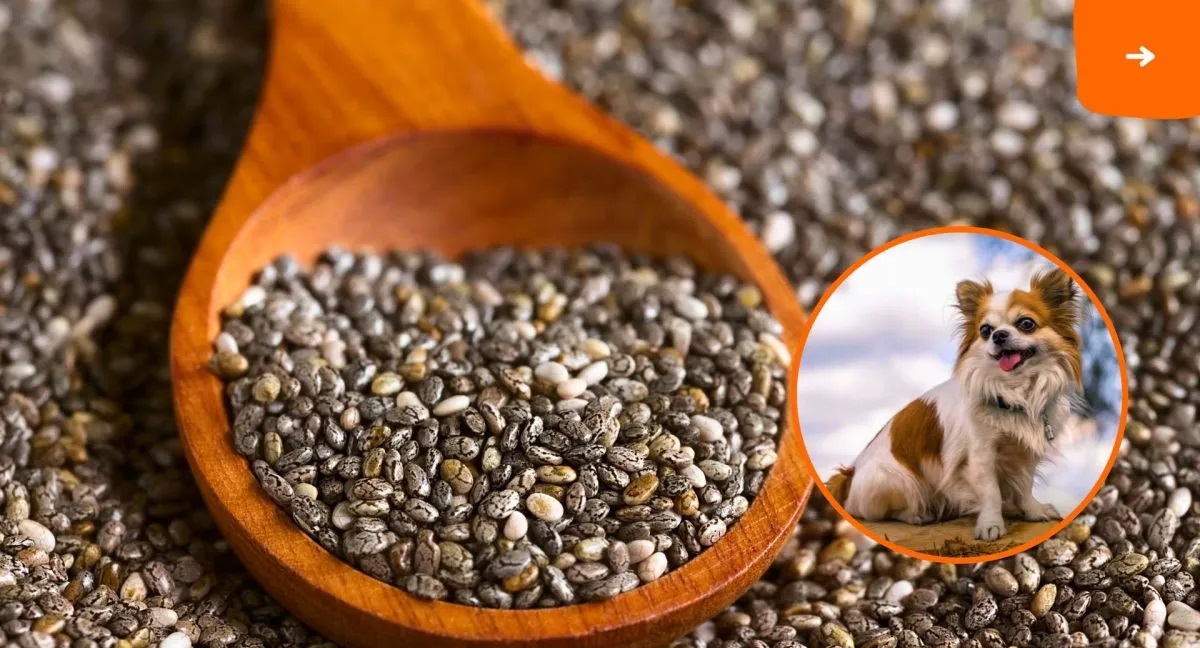

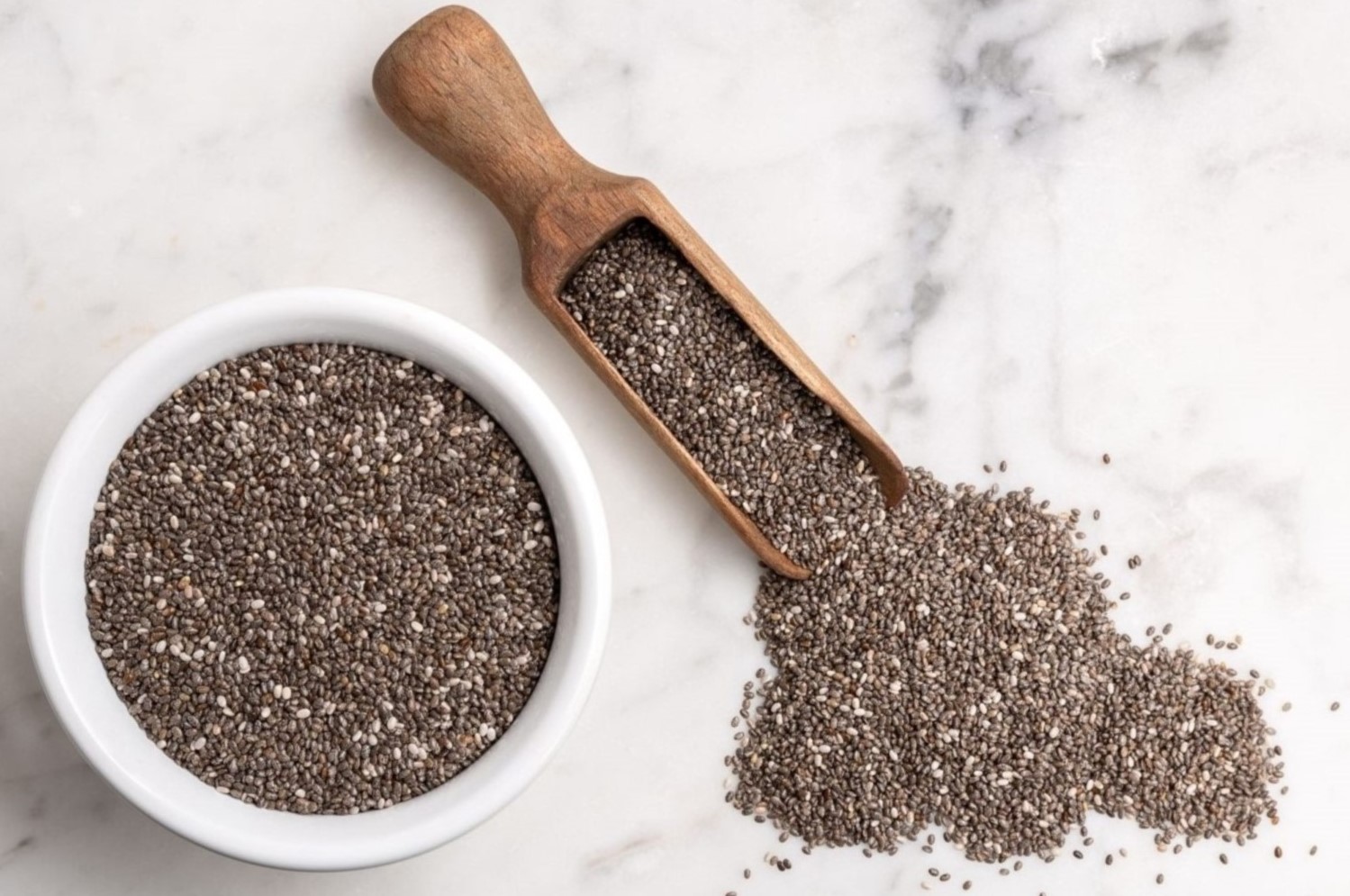
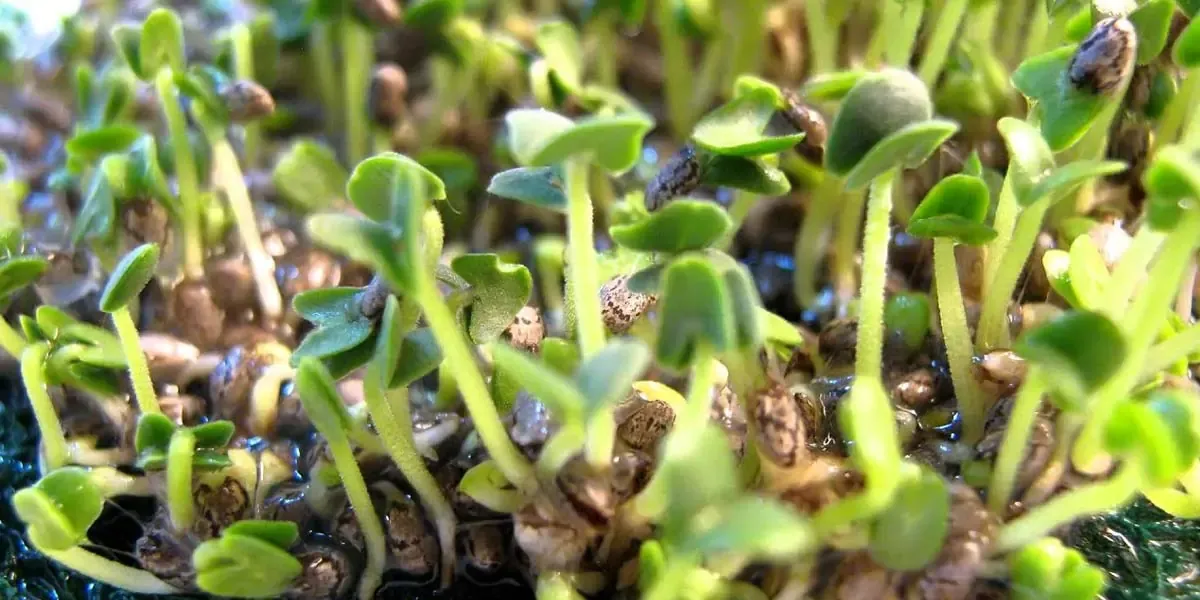
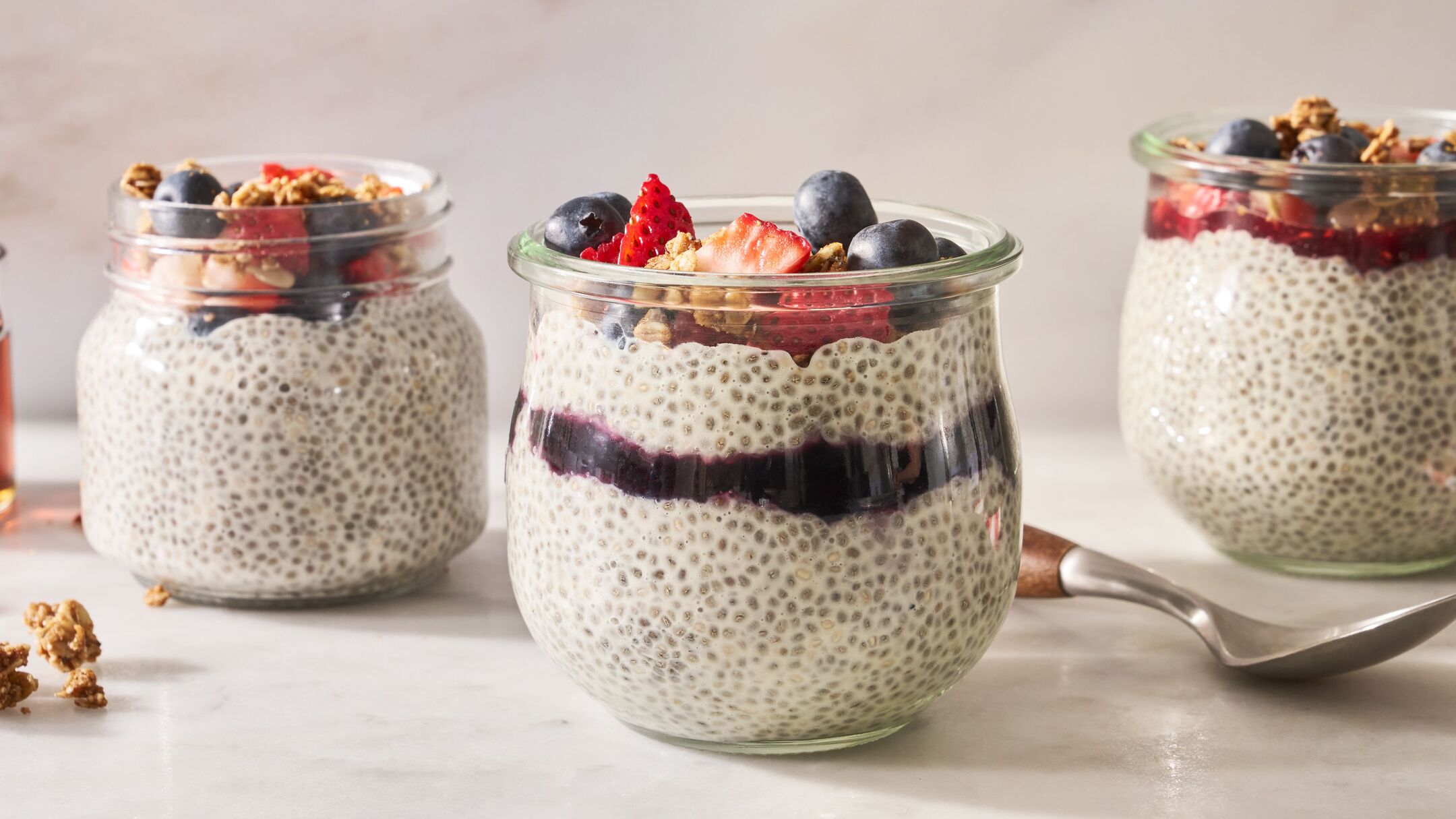
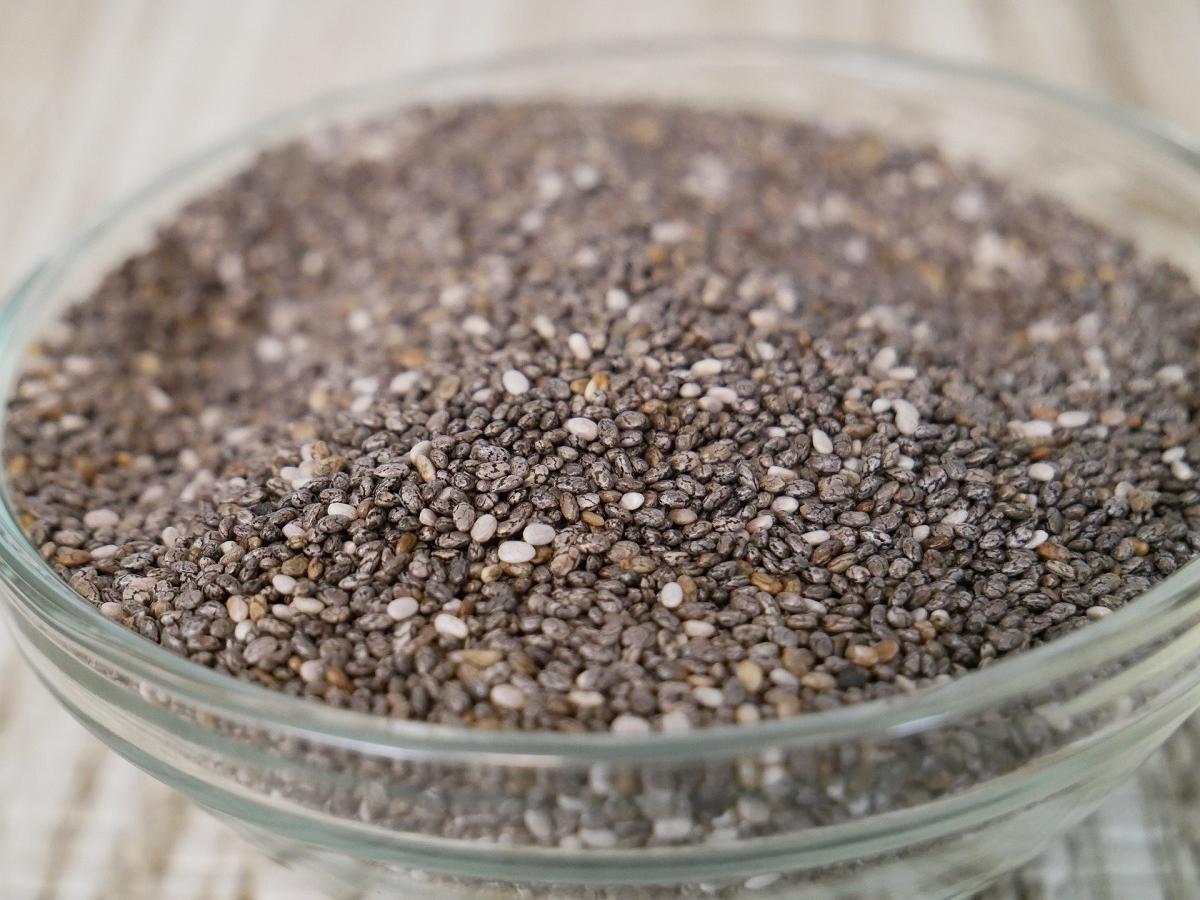
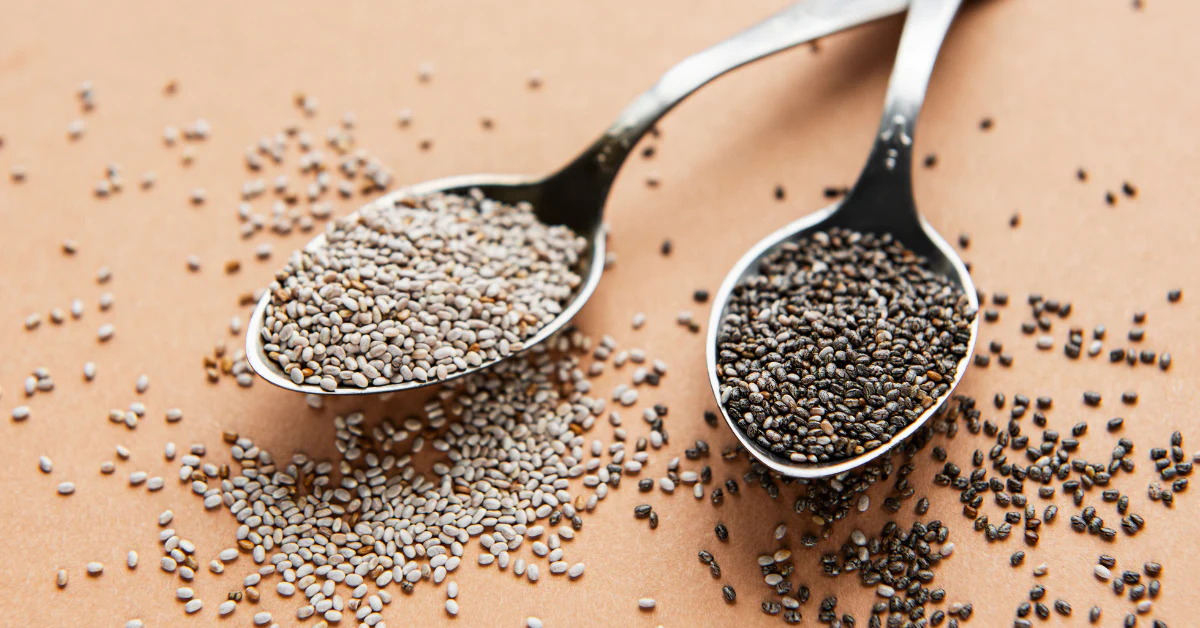

0 thoughts on “Where Does Chia Seed Grow”